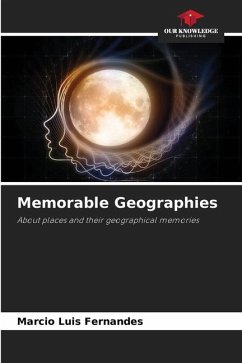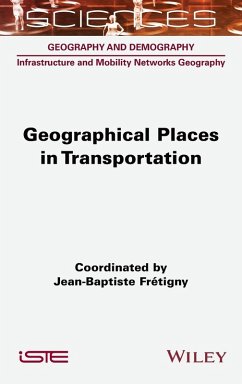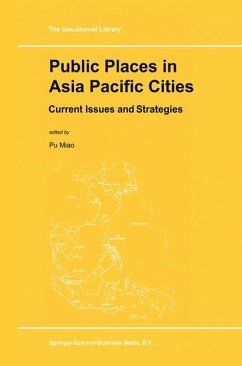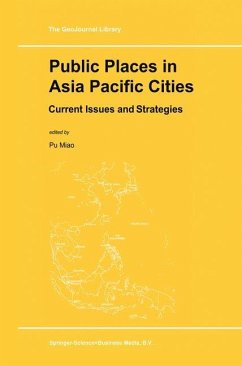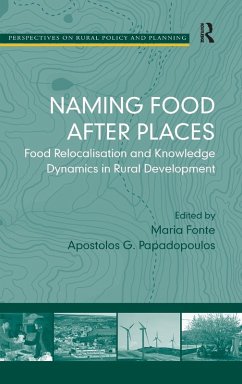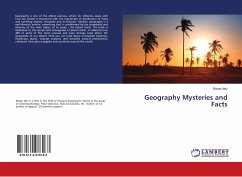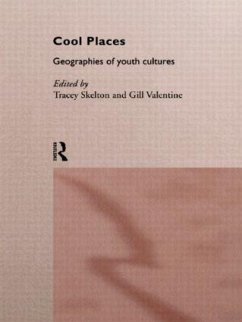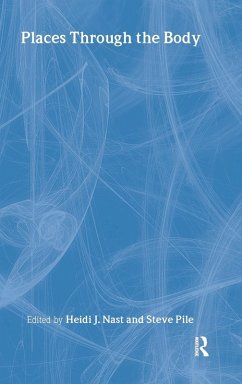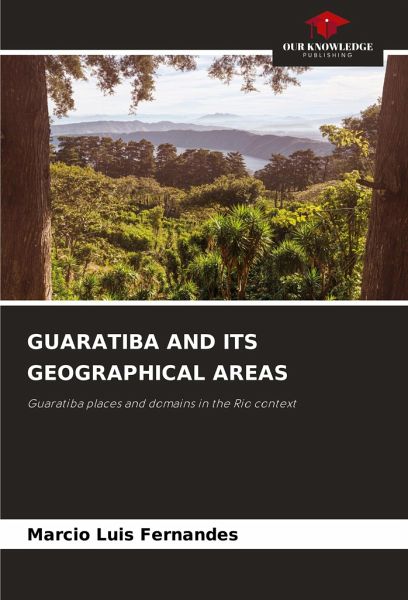
GUARATIBA AND ITS GEOGRAPHICAL AREAS
Guaratiba places and domains in the Rio context
Versandkostenfrei!
Versandfertig in 6-10 Tagen
53,99 €
inkl. MwSt.

PAYBACK Punkte
27 °P sammeln!
Domains, limits, borders and obstacles are issues that are often focused on in geographical studies. As we have argued in this book, the boundaries of Guaratiba concern different spaces and/or places. These, in turn, have characteristics that are similar - especially those related to their shared history, what I call the 'original Guaratiba' - and singularities that differentiate the 'distinct Guaratibas' that have been consolidated in the course of their respective histories and geographies. Thus, it is not appropriate to speak of Guaratiba as if this Rio de Janeiro domain represented a homog...
Domains, limits, borders and obstacles are issues that are often focused on in geographical studies. As we have argued in this book, the boundaries of Guaratiba concern different spaces and/or places. These, in turn, have characteristics that are similar - especially those related to their shared history, what I call the 'original Guaratiba' - and singularities that differentiate the 'distinct Guaratibas' that have been consolidated in the course of their respective histories and geographies. Thus, it is not appropriate to speak of Guaratiba as if this Rio de Janeiro domain represented a homogeneous unit. In fact, different "Guaratibas" coexist: Guaratiba, Barra de Guaratiba, Pedra de Guaratiba and Ilha de Guaratiba. What unites these neighborhoods? What differentiates them? What are the characteristics that distinguish the different localities in Guaratiba? What are the symbols and/or symbolic geographies of these spaces and/or places as understood by their residents? These werethe questions we sought to answer in the course of this approach, which focused on the geographies of Guaratiba.





